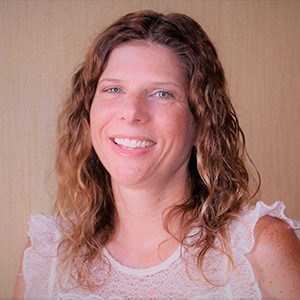How Philanthropy Fits Into Your Financial Plan
Charitable contributions hold the remarkable ability to transform lives and communities, but what if there was a way to magnify their impact while benefiting your own financial situation? Enter Qualified Charitable Distributions (QCDs), an increasingly powerful tool for individuals seeking a tax-efficient approach to philanthropy. In this article, we explore the concept of QCDs and unveil three compelling reasons why incorporating this charitable giving strategy into your plans can be a game-changer.
Required Minimum Distribution (RMD) is the minimum amount that individuals who have reached age 70½ are required to withdraw annually from their retirement accounts, such as Traditional IRAs and 401(k)s. The QCD is a tax-efficient way for eligible individuals to donate those funds to qualified charities like the United Way of the Cape Fear Area (UWCFA). This powerful tool not only allows you to support causes close to your heart but also provides unique advantages:
Tax Benefits: A QCD allows individuals to lower their tax bill while helping charity. Individuals can donate up to $100,000 of their RMD to a qualified charity and the donation is not included in their taxable income, which means they don't have to pay taxes on it. Also, this type of donation can help lower their tax bill because it counts towards their required minimum distribution (RMD). People who want to support a charity and reduce their taxes at the same time might consider making a QCD.
Charitable Giving and Community Impact: Charitable giving can be a fulfilling and rewarding experience, especially when supporting a cause that you care deeply about. Making a QCD to the United Way of the Cape Fear Area (UWCFA) is a great way to give back to the community while also enjoying some tax benefits. The UWCFA is a local charity that focuses on improving the lives of people in the Cape Fear area, and your donation can be used to support a wide range of programs and initiatives. These could include helping families in need access healthcare services, providing shelter and food to the homeless, or even supporting education and job training programs for low-income individuals. By making a QCD to a charity like UWCFA, you can have a direct impact on the lives of those who need it most and help make your community a better place for everyone.
Simplicity: One of the great things about making a QCD is how simple the process is. Instead of having to navigate complicated paperwork or lengthy donation processes, individuals can simply instruct their IRA custodian to make a direct transfer to their charity of choice. This can save time and effort compared to other forms of charitable giving, which may require extensive paperwork, follow-up communication, or other administrative tasks. With a QCD, the donation can be made quickly and efficiently, allowing donors to support the charity’s mission with minimal hassle or stress. This simplicity means that people who want to make a difference in their community can do so easily and quickly, without having to spend a lot of time or energy on the donation process.
Overall, making a QCD is a tax-efficient and impactful way for eligible individuals to support a local charity that is making a difference in the Cape Fear area. If you're looking to align your charitable aspirations with your retirement goals, QCDs may be the ideal solution. To learn more about this giving opportunity, read this guide QCD Guide from our friends at Edward Jones.
How to make a QCD:
- Check your eligibility and identify a qualified charity, such as the United Way of the Cape Fear Area.
- Ensure that your donation amount does not exceed $100,000 per year, per individual and instruct your IRA custodian to directly transfer the donation to the charity.
- When filing your tax returns, report the QCD, even though it is not included in your taxable income, on Form 1099-R and the tax-deductible amount on Schedule A as a charitable contribution.
**Before making any decisions regarding retirement account distributions, consult with a financial advisor or tax professional.












